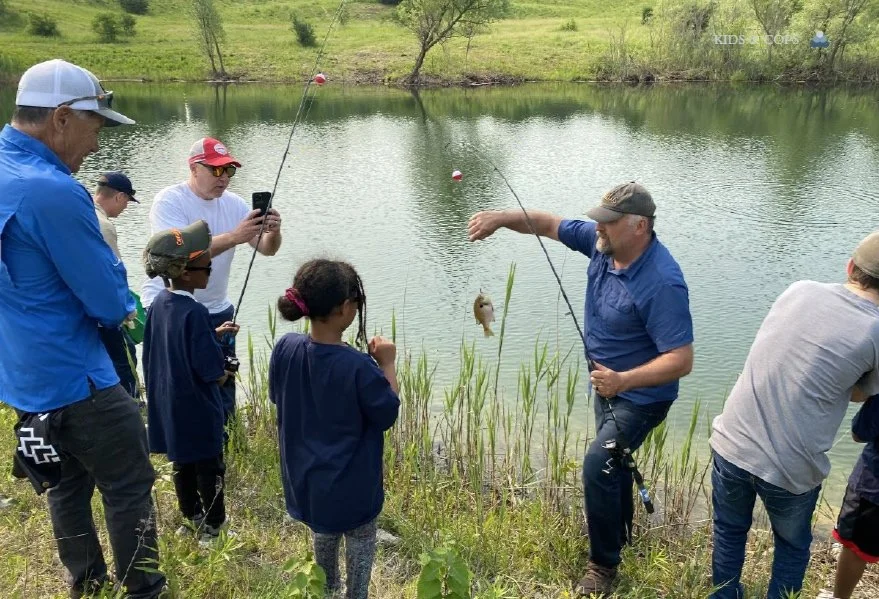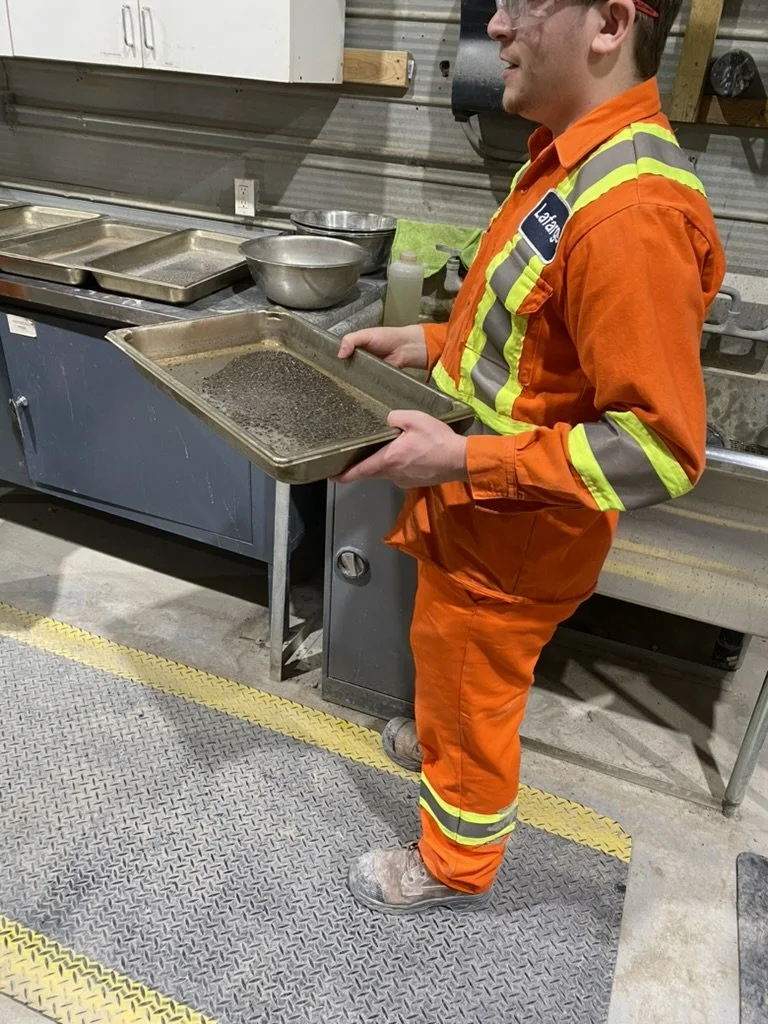It is not one of Ontario’s most famous bridges, but the Canal Lake Concrete Arch Bridge holds a special place in the history of this country’s concrete structures. Located on the Trent-Severn waterway system between Balsam Lake and Lake Simcoe, it’s affectionately known to summer visitors in the area as the ‘Hole-in-the-Wall Bridge’ because of its appearance: a single arch braced by abutments on either shore.
Read MoreWith offices reopening and operations returning to normal, many wonder how the future of work will take shape. It’s a different answer for every industry, and a more complicated one for the aggregate industry where teams are split between the office and the field.
Read MoreThe control of fugitive dust at aggregate sites is something that members of the Ontario Stone, Sand and Gravel Association (OSSGA) take very seriously. From the licensing process through to final rehabilitation, operators must consider the potential impacts of fugitive dust and ensure that “dust is mitigated onsite,” a phrase embedded in the conditions on almost every site plan.
Read MoreEqually important is the image producers portray to the communities located in the vicinity of their pits and quarries. Public consultation and ongoing relationships are vital in order to reduce the negative stigma of the sites and affirm aggregate producers as members of the community, like any other business. It isn’t always easy, but it is critical to a site’s success.
Read More




















